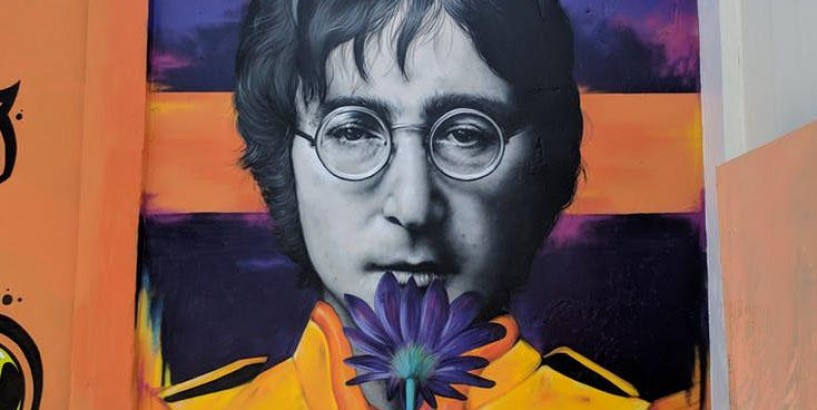All too often, graffiti is categorised as either art or vandalism, when in fact it’s so much more than that. When read with special attention, graffiti can offer deep insights into societies experiencing rapid social and political change – especially those marred by recent conflict.The walls of a city give communities and individuals who may not have a formal platform space to share their feelings and opinions, and challenge dominant beliefs or ideals.As researchers interested in societies recovering from disaster or conflict, we recently took a trip to explore graffiti in Cyprus . Cyprus and its capital, Nicosia, have remained divided since 1974, following the Turkish invasion and ensuing conflict.From extras.The Turkish-Cypriot state in the north (recognised only by Turkey) is separated from the internationally-recognised Republic of Cyprus in the south by a UN -controlled buffer zone.Crossings between the two sides are only permitted through closely monitored checkpoints, leaving the Cypriot people physically, politically and culturally divided.In places like this, graffiti can both reflect and shape community attitudes at a grassroots level. By seriously examining graffiti as a cultural product of such societies, we can better understand these divisions and work towards peacebuilding.
© 2024, Copyrights gulftimes.com. All Rights Reserved









